Claude Raguet Hirst
Claude Raguet Hirst (born Claudine, 1855–1942) was an American painter of still lifes. She was the only woman of her era to gain acclaim using the trompe-l'œil ("fool the eye") technique.[1] Claudine was born in Cincinnati, Ohio in November 1855, the eldest of two daughters of Juliet and Percy Hirst. She counted Pennsylvania Congressman Henry Wynkoop among her ancestors. When she was seven, the family moved to Clifton, a wealthy suburb with a burgeoning artist community. In a 1940 interview with the Villager, Hirst recalled starting painting lessons at the age of ten and attending dance school alongside a young William Howard Taft.[2] By the time she was 14, she was enrolled at the Mount Auburn Young Ladies Institute. The 1872 Cincinnati Industrial Exposition included three of her early works.[3]
In 1874, Hirst enrolled in the McMicken School of Drawing and Design where she took classes in three dimensional drawing and wood carving. Her works were exhibited in the Women's Pavilion of the 1876 Centennial Exposition in Philadelphia. She left the School of Design in 1878 and taught wood carving. She was one of the artists who carved the elaborate Cincinnati Organ Screen for the Music Hall's organ.[4] Beginning in the 1870s, she truncated her name to "Claude", possibly to avoid the sexism that stymied many women artists of the era.[5] Hirst moved to New York City by 1880, where the promise of training, employment, and fame lured many of her contemporaries.[5] Her mother and sister followed her there shortly after, leaving the alcoholic Percy Hirst in Ohio, where he soon died.[6] Hirst rented a studio in Greenwich Village where she befriended landscape painter William Crothers Fitler. The pair married in 1901.[7]
Whilst in New York, Hirst taught art and took private lessons from Agnes Dean Abbatt, Charles Courtney Curran, and George Henry Smillie. She joined both the Women's Art Club and the American Watercolor Society.[8] She exhibited still lifes and watercolor paintings in New York and other cities. Her works were frequently exhibited alongside those of her instructors at venues such as the National Association of Women Painters and Sculptors, the National Academy of Design, the Boston Art Club, the Art Club of Philadelphia, and the Art Institute of Chicago.[9] The subjects of her early still lifes in New York included fruit and flowers, most often pansies and roses, and she often identified the rose varietals in her titles. During the 1880s, Hirst's brushwork tightened, and would eventually become nearly indiscernible.[10]
Hirst began using the hyper-realistic trompe-l'œil technique and masculine iconography. Her bachelor still lifes incorporated elements such as books, candles, newspapers, and meerschaum pipes arranged on a wooden table.[11] She created a number of pipe and tobacco still lifes, one of which was purchased by sugar baron H.O. Havemeyer.[8]
REFERENCES
Evans, Martha M. (2004). Claude Raguet Hirst: Transforming The American Still Life. New York [u.a.]: Hudson Hills Press. ISBN 978-0-918881-54-0.

